Compression Sleeves
Improving sporting performance and, in turn, reducing the likelihood of muscle injuries as much as possible are undoubtedly one of the greatest desires of any athlete. Compression clothing has been developed with this intention in mind, and not only brings benefits to athletes, but also to anyone who wants to avoid injuries or speed up recovery from any ailment.
All Braces & Sleeves
-


2 Ankle Compression Sleeve (Black/Gray)
$24.95 -

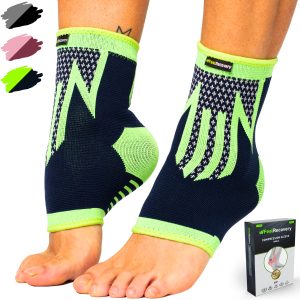
2 Ankle Compression Sleeve (Green/Navy)
$24.95 -


2 Ankle Compression Sleeve (Pink/Bordeaux)
$24.95 -


2 Calf Compression Sleeve (Black/Gray)
$24.95 -
2 Calf Compression Sleeve (Green/Navy)
$24.95 -
2 Calf Compression Sleeve (Pink/Bordeaux)
$24.95 -
2 Elbow Compression Sleeve (Black/Gray)
$24.95 -
2 Elbow Compression Sleeve (Green/Navy)
$24.95 -
2 Elbow Compression Sleeve (Pink/Bordeaux)
$24.95 -
2 Knee Compression Sleeve (Black/Gray)
$24.95 -
2 Knee Compression Sleeve (Green/Navy)
$24.95 -
2 Knee Compression Sleeve (Pink/Bordeaux)
$24.95 -
2 Patella Knee Strap (Black/Gray)
$14.95 -
2 Patella Knee Strap (Green/Navy)
$14.95 -
2 Patella Knee Strap (Pink/Bordeaux)
$14.95 -
2 Tennis Elbow Brace (Black/Gray)
$14.95 -
2 Tennis Elbow Brace (Green/Navy)
$14.95 -
2 Tennis Elbow Brace (Pink/Bordeaux)
$14.95 -
2 Thigh Compression Sleeve (Black/Gray)
$24.95 -
2 Thigh Compression Sleeve (Green/Navy)
$24.95 -
2 Thigh Compression Sleeve (Pink/Bordeaux)
$24.95 -
Back Support Belt (Black)
$49.95 -
Back Support Belt (Green)
$49.95 -
Back Support Belt (Pink)
$49.95 -
Sacroiliac Support Belt (Black)
$29.95 -
Sacroiliac Support Belt (Green)
$29.95 -
Sacroiliac Support Belt (Pink)
$29.95 -
Shoulder Support Brace (Black)
$29.95 -
Shoulder Support Brace (Green)
$29.95 -
Shoulder Support Brace (Pink)
$29.95 -
Sport Compression Socks (1 Pair) (Black/Gray)
$24.95 -
Sport Compression Socks (1 Pair) (Green/Navy)
$24.95 -
Sport Compression Socks (1 Pair) (Pink/Bordeaux)
$24.95
Braces, Supports & Sleeves by Sport
Braces, Supports & Sleeves by Body Area
Braces, Supports & Sleeves by Condition
User Guides
F.A.Q: Frequently asked questions
Latest reviews
Buy cheap compression sleeves for men & woman
Showing all 12 resultsSorted by popularity

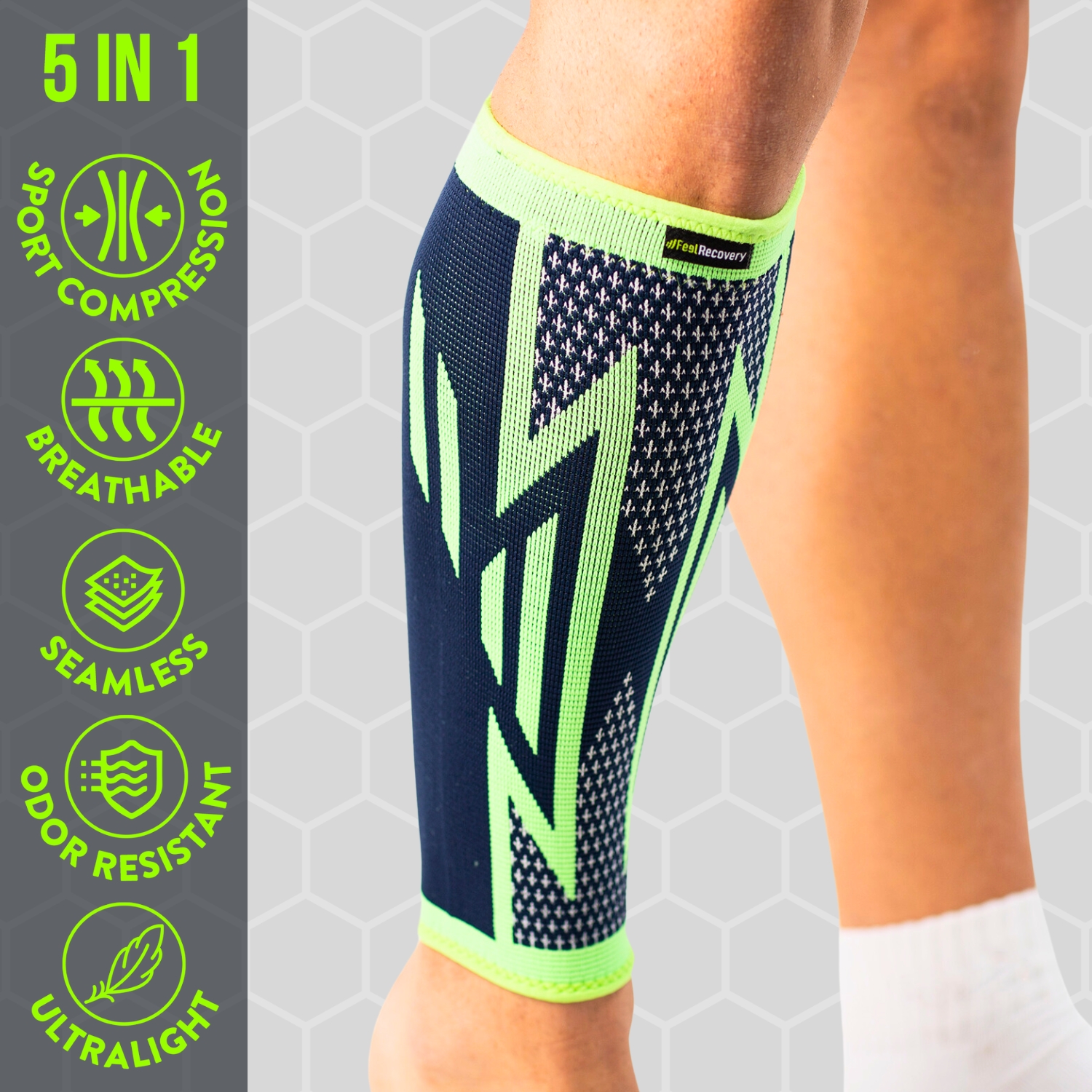



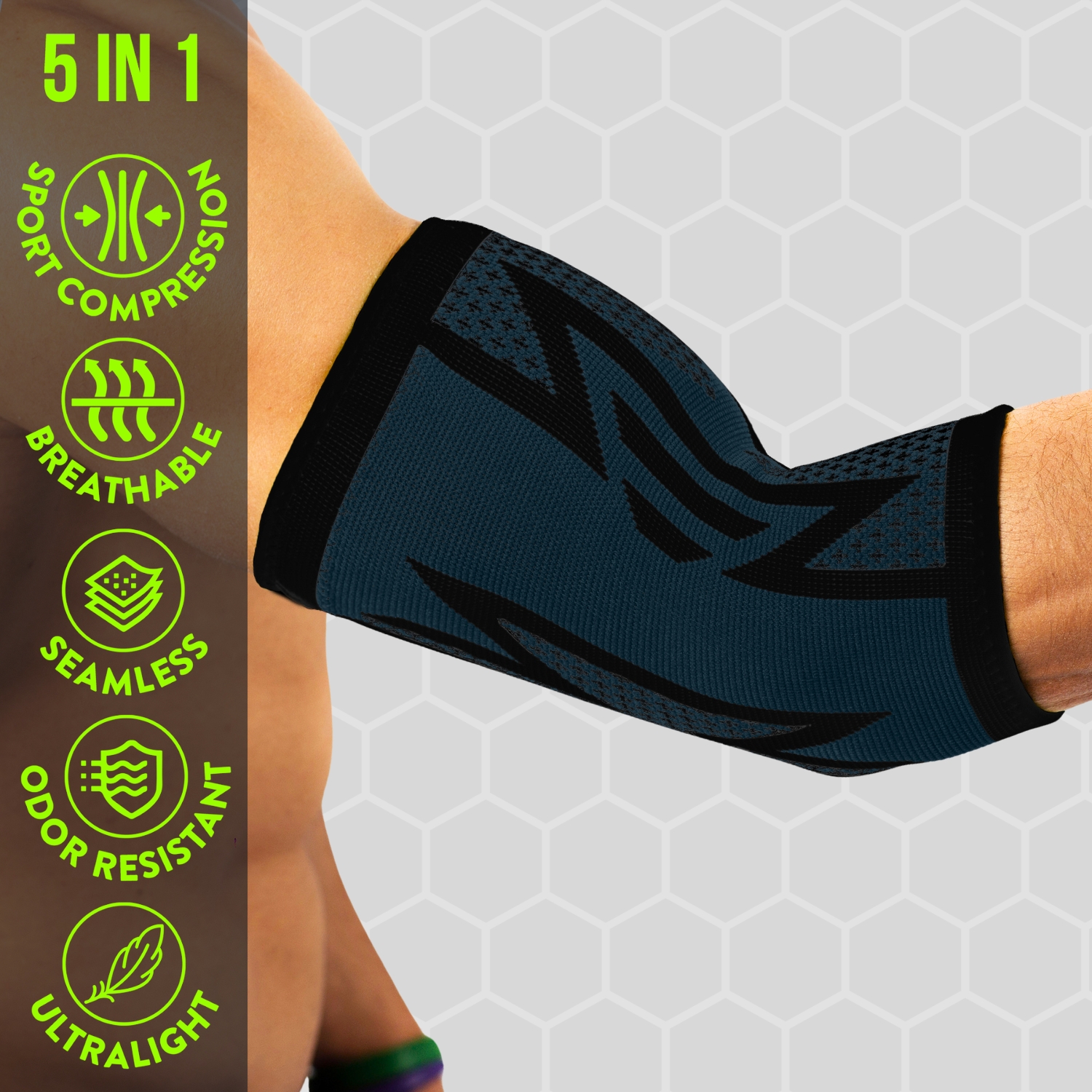



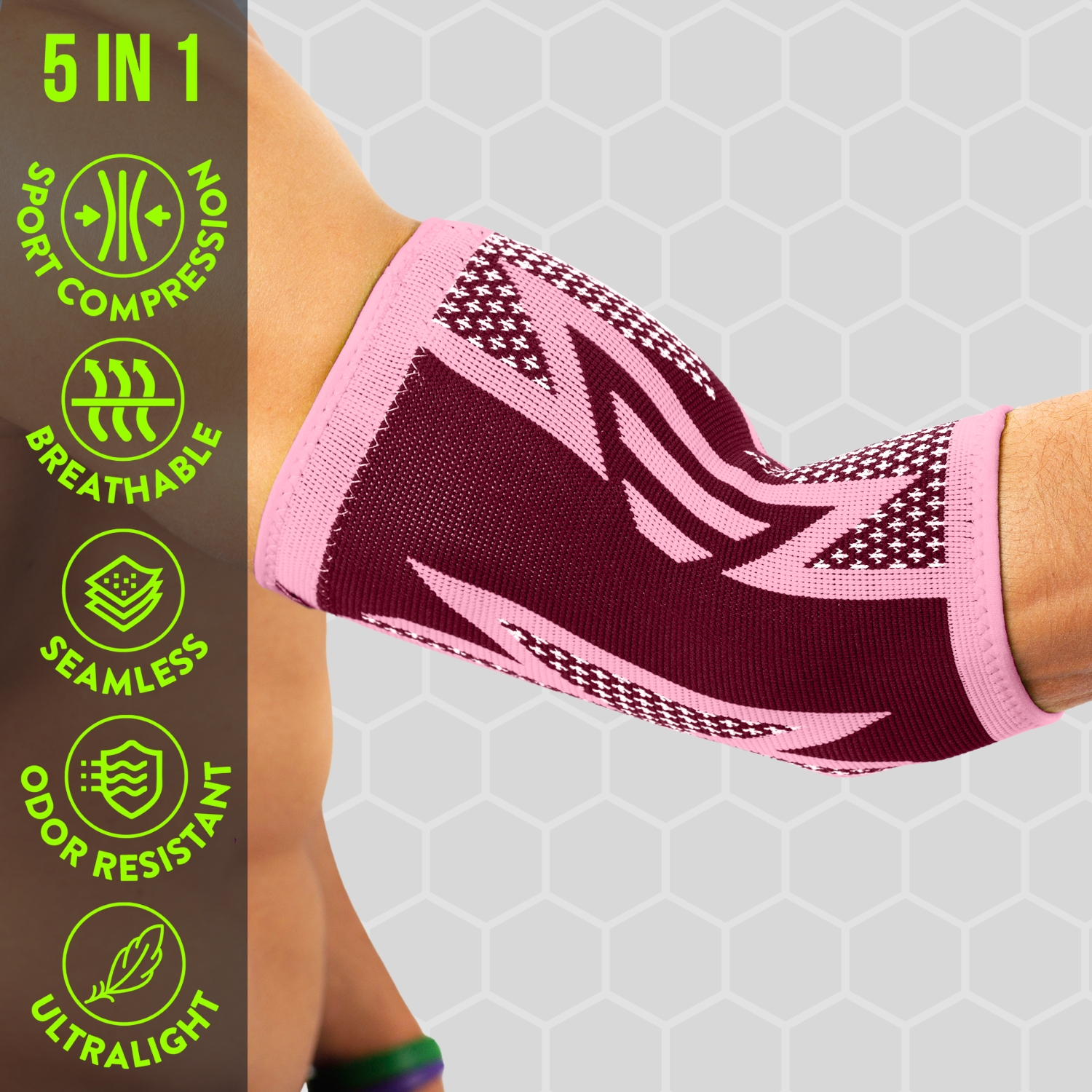



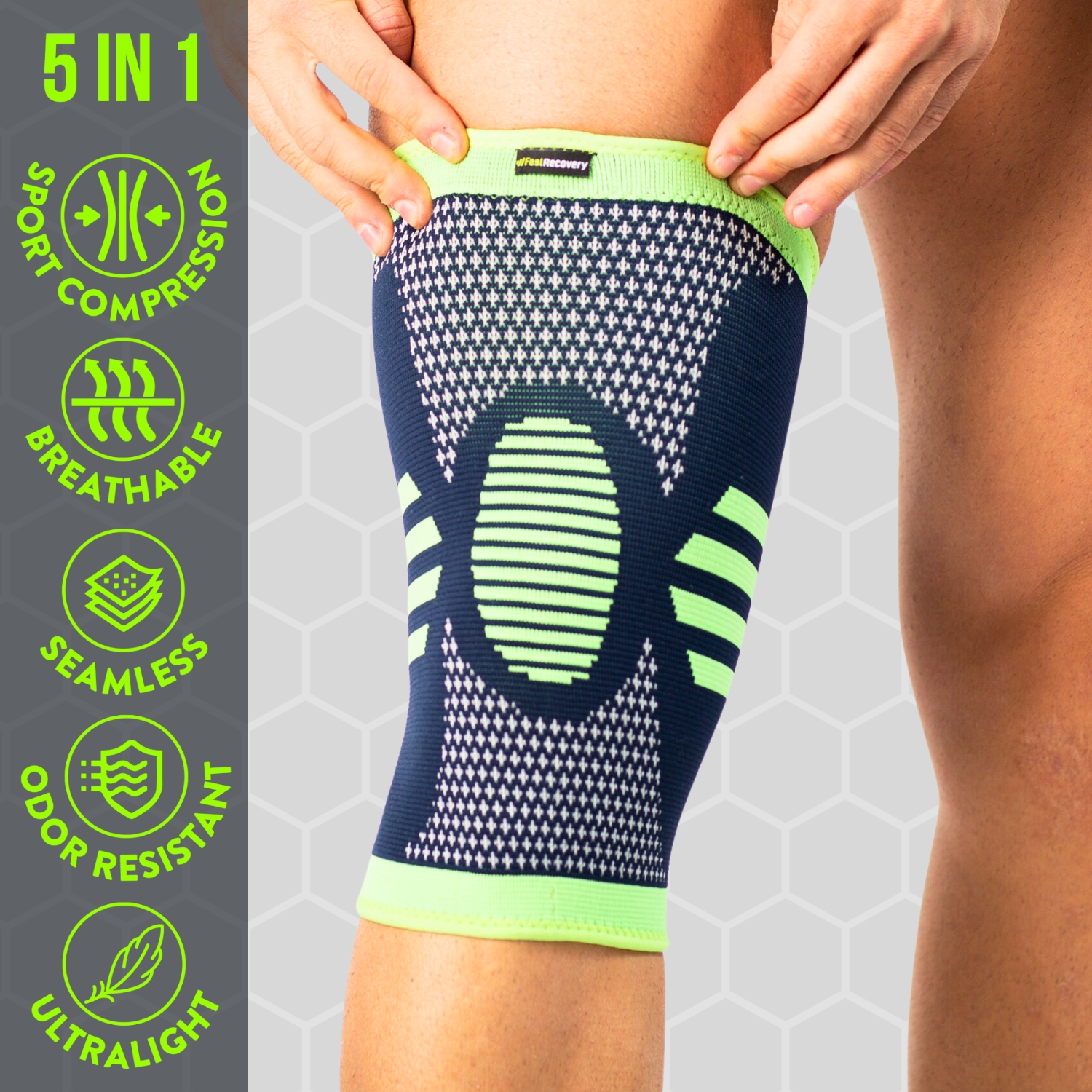









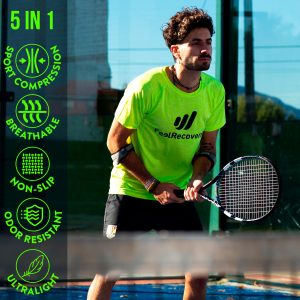
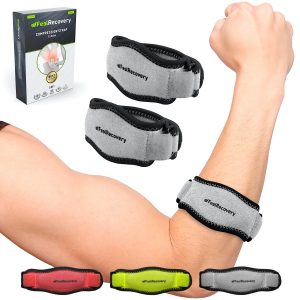
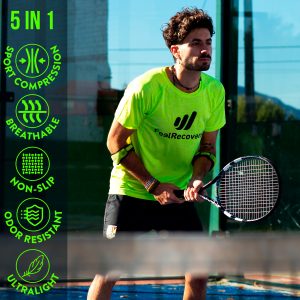

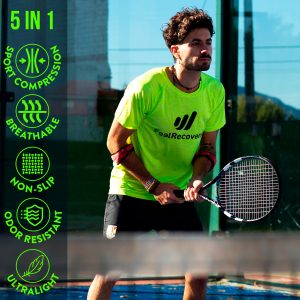
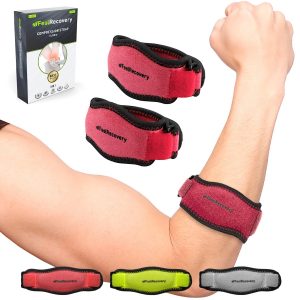
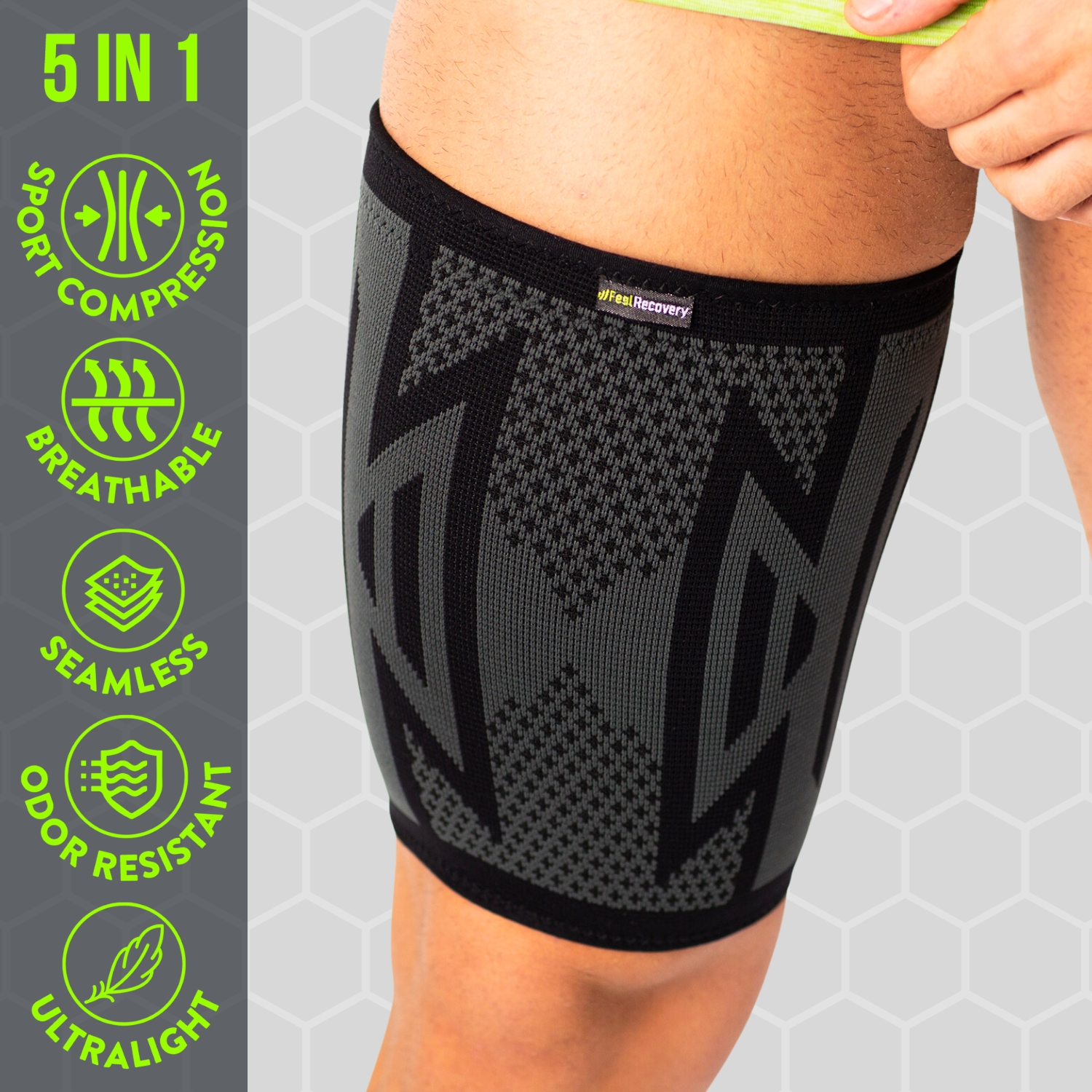

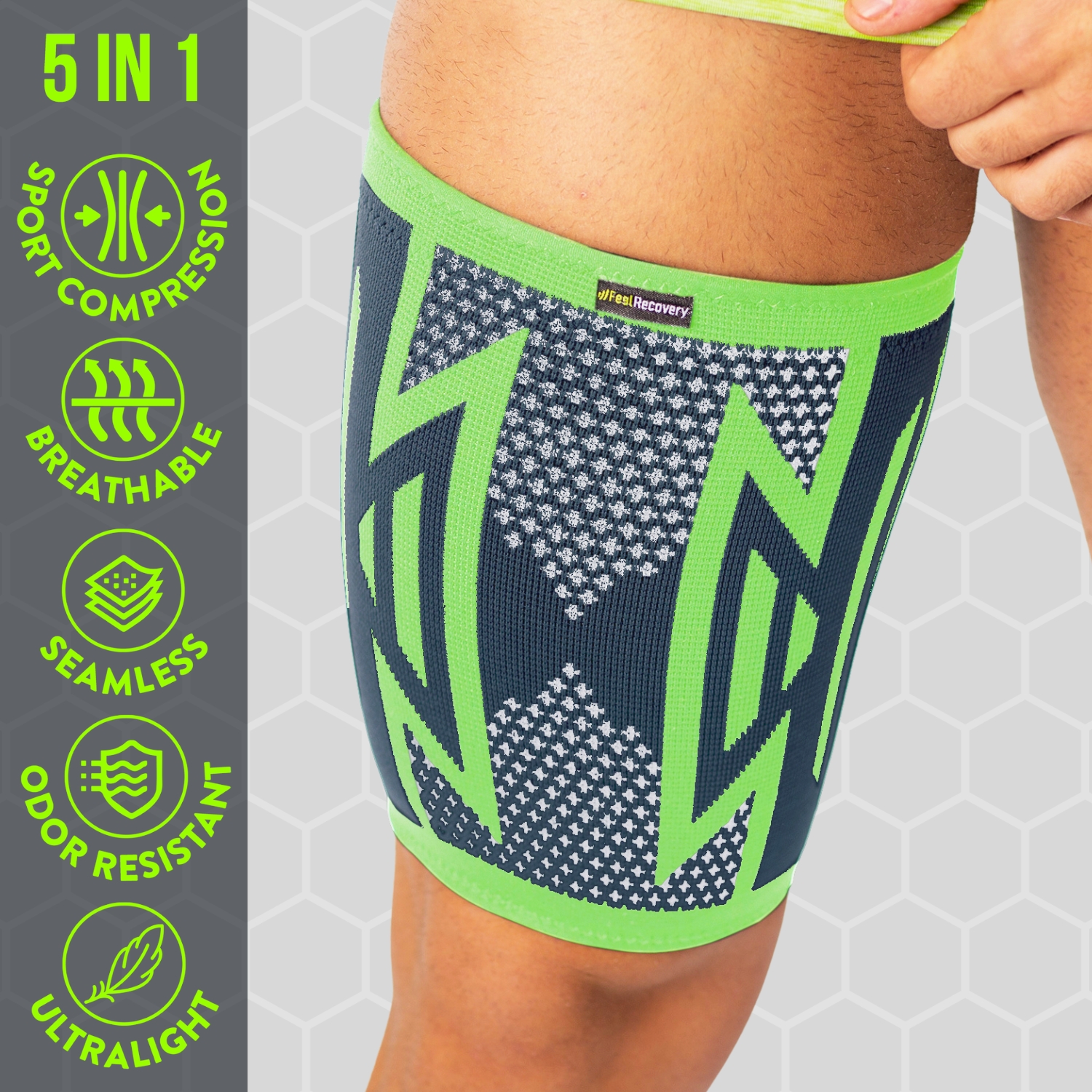



























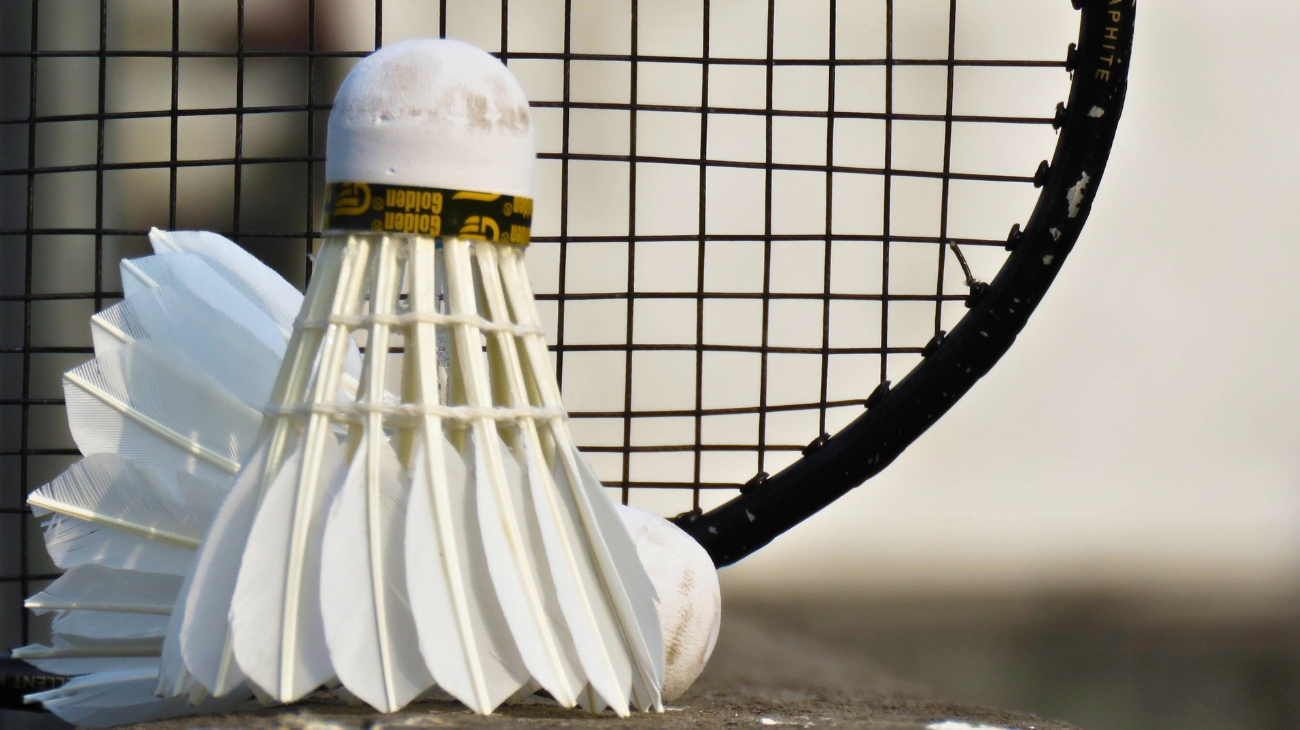







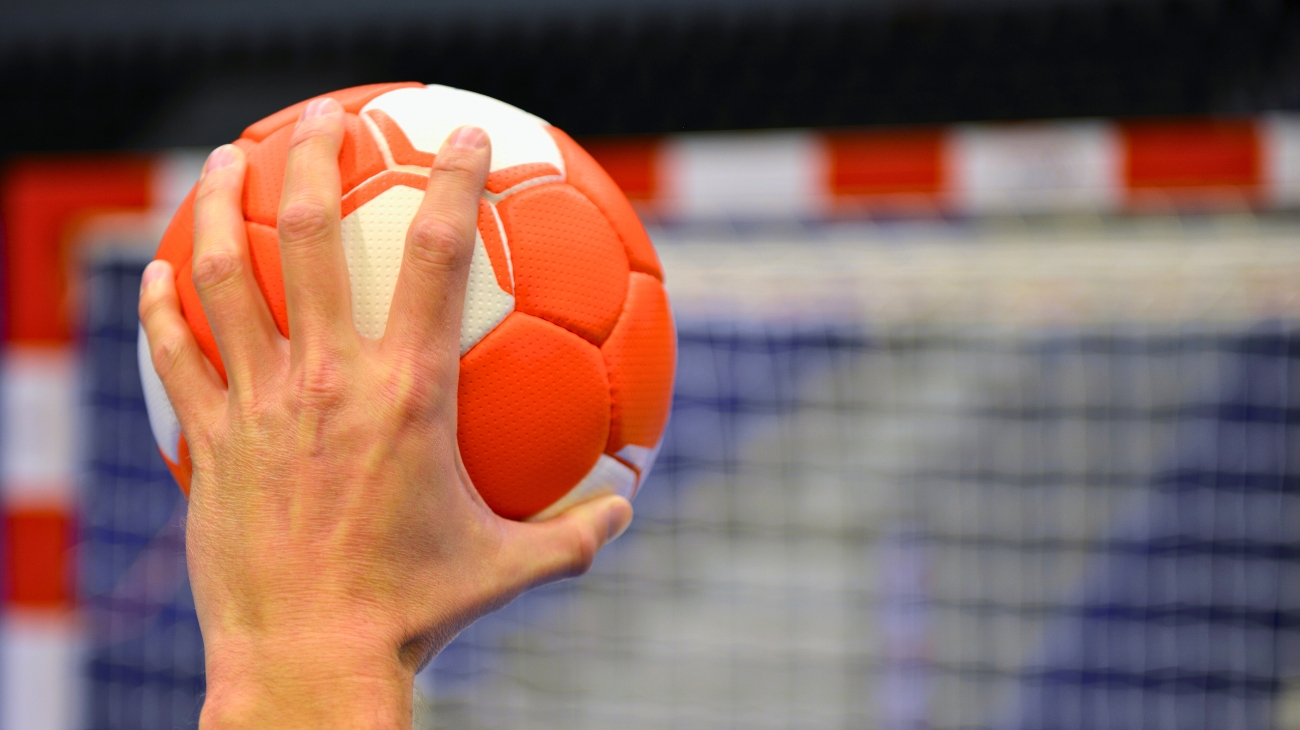


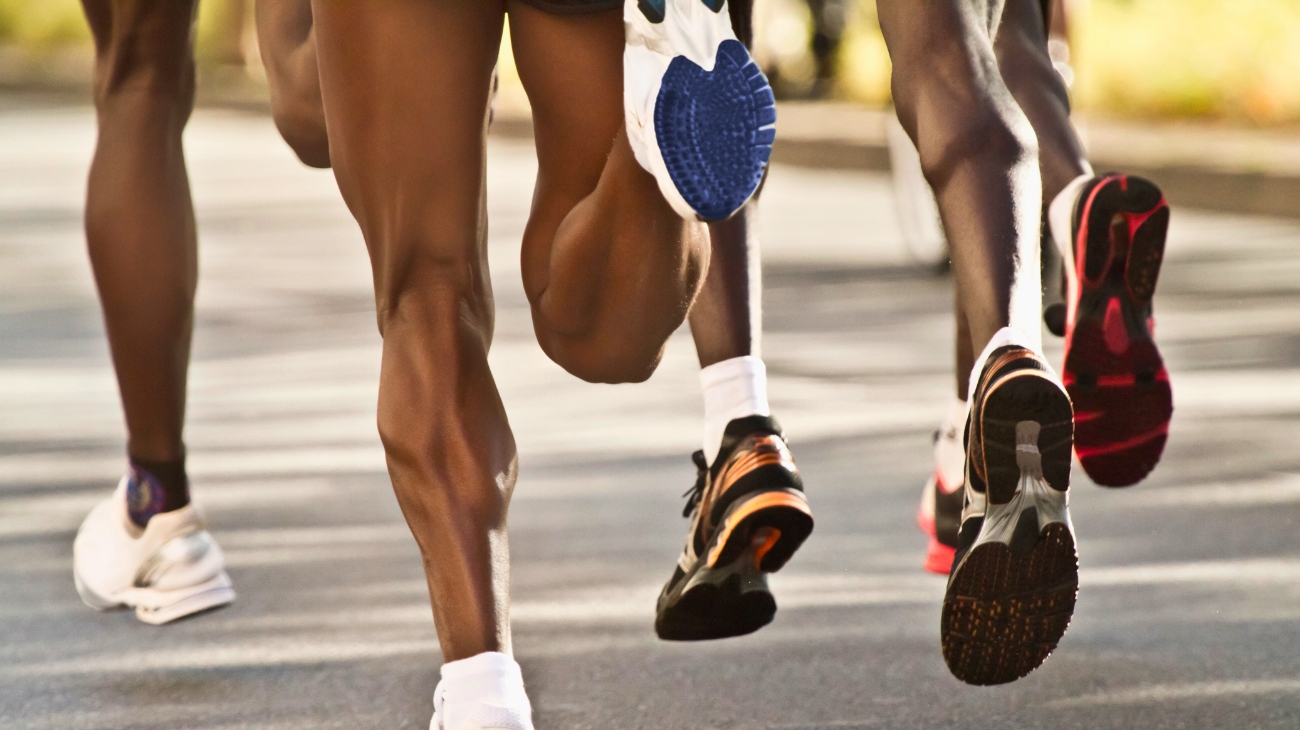

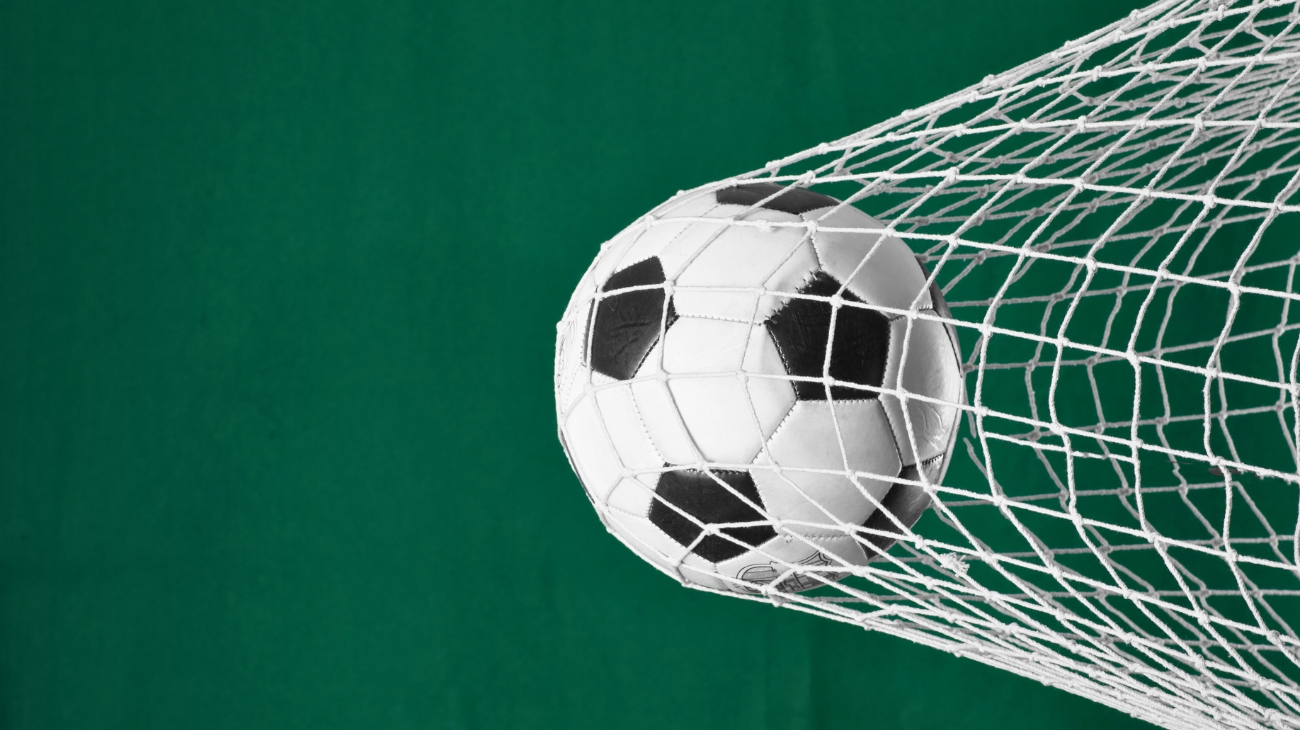

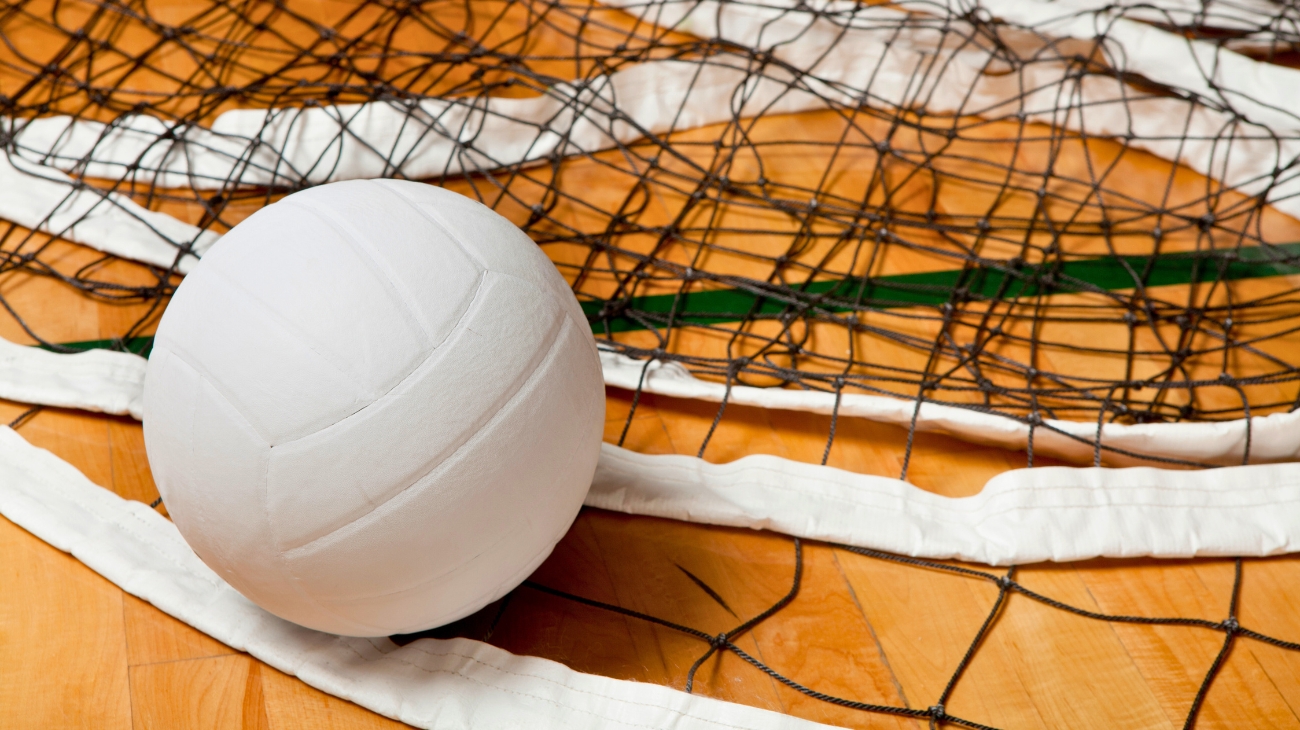


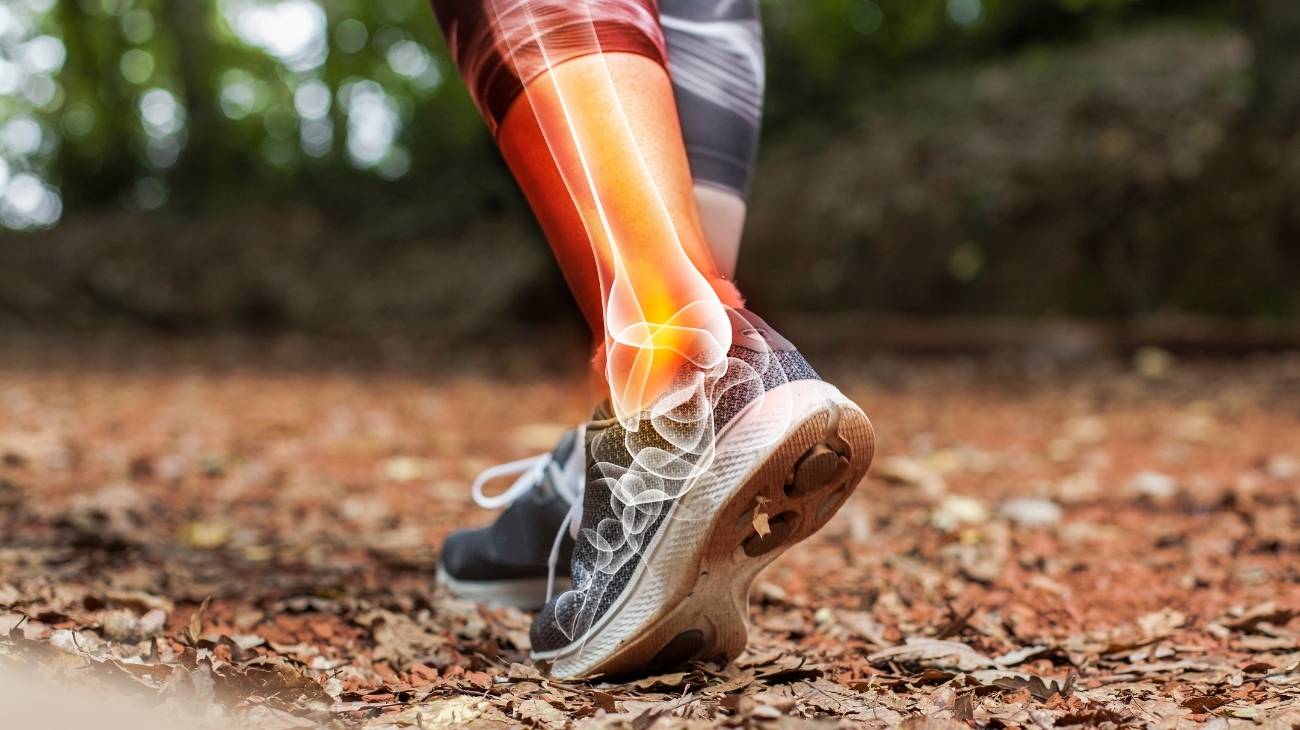
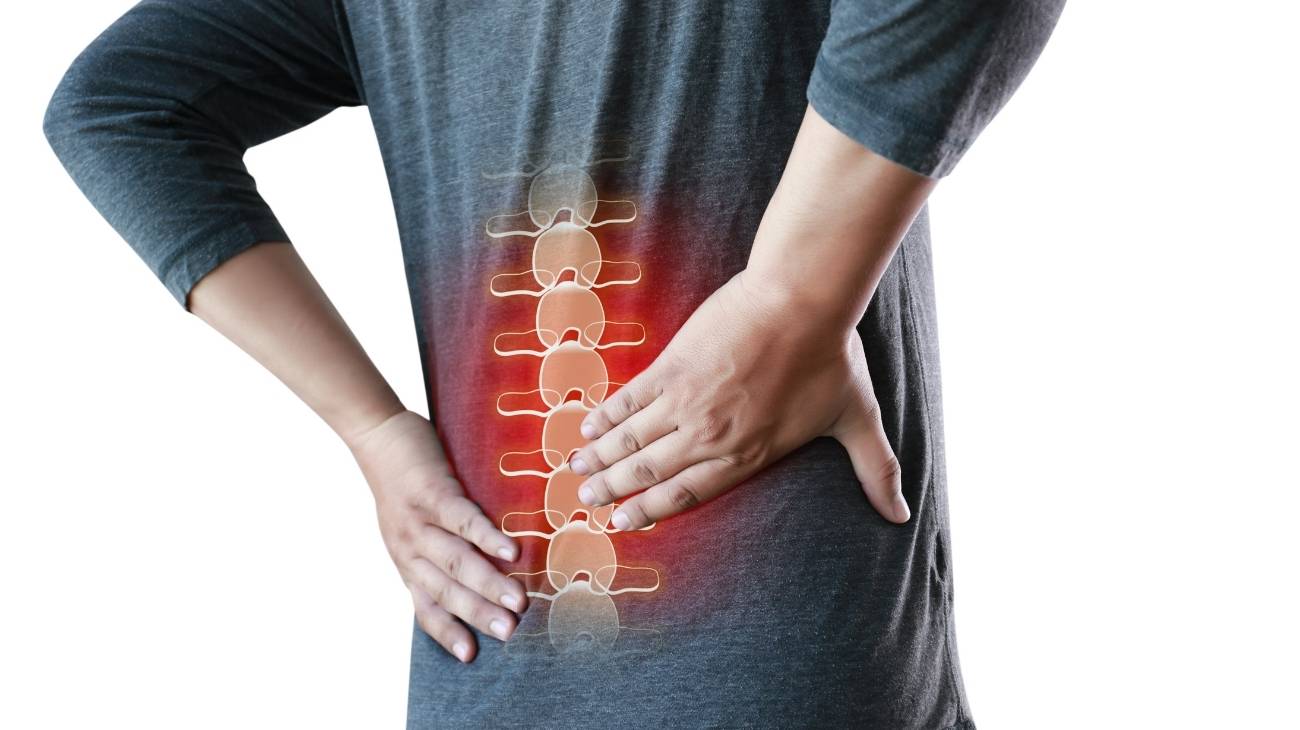
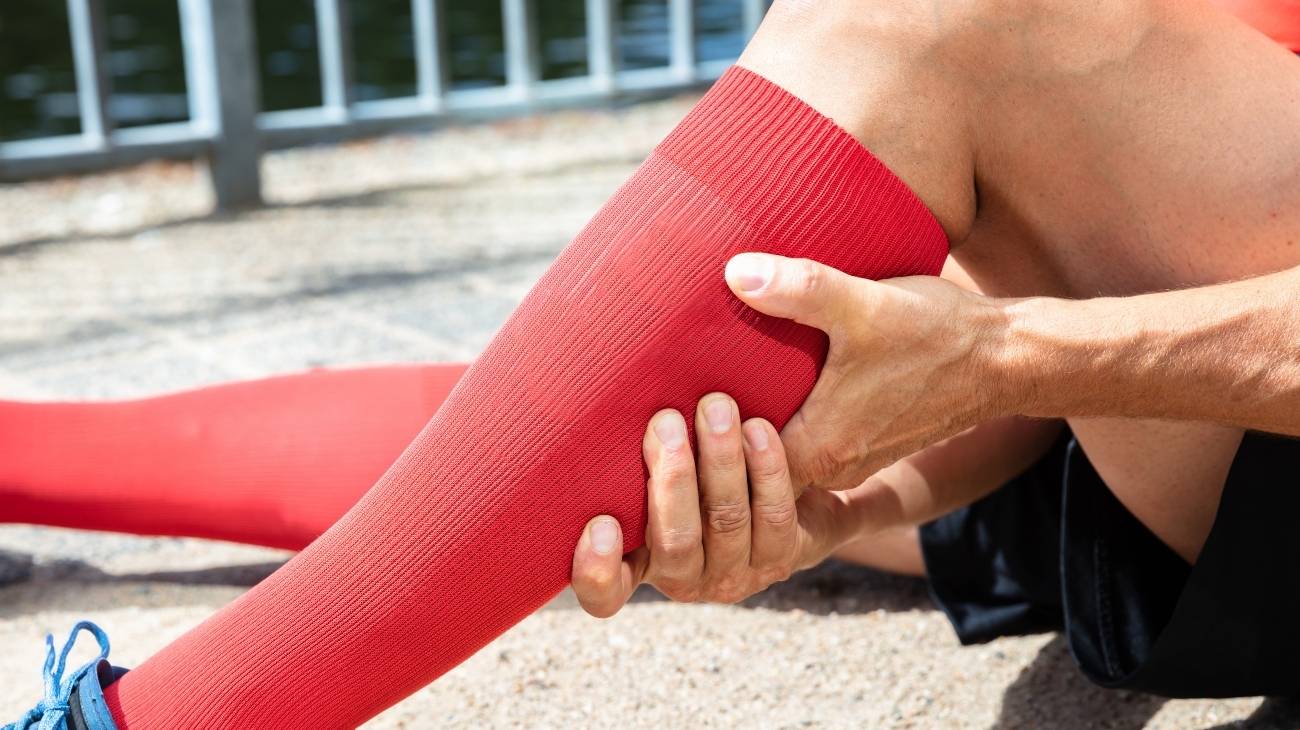
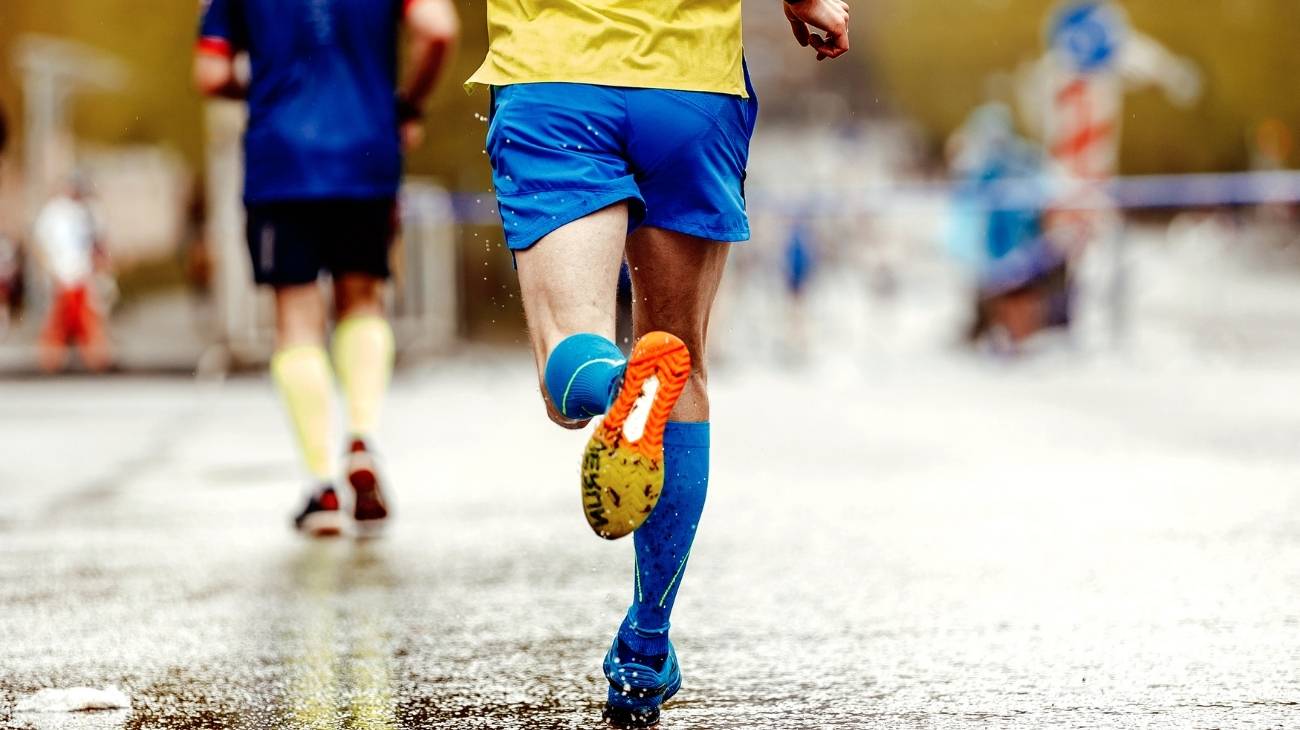

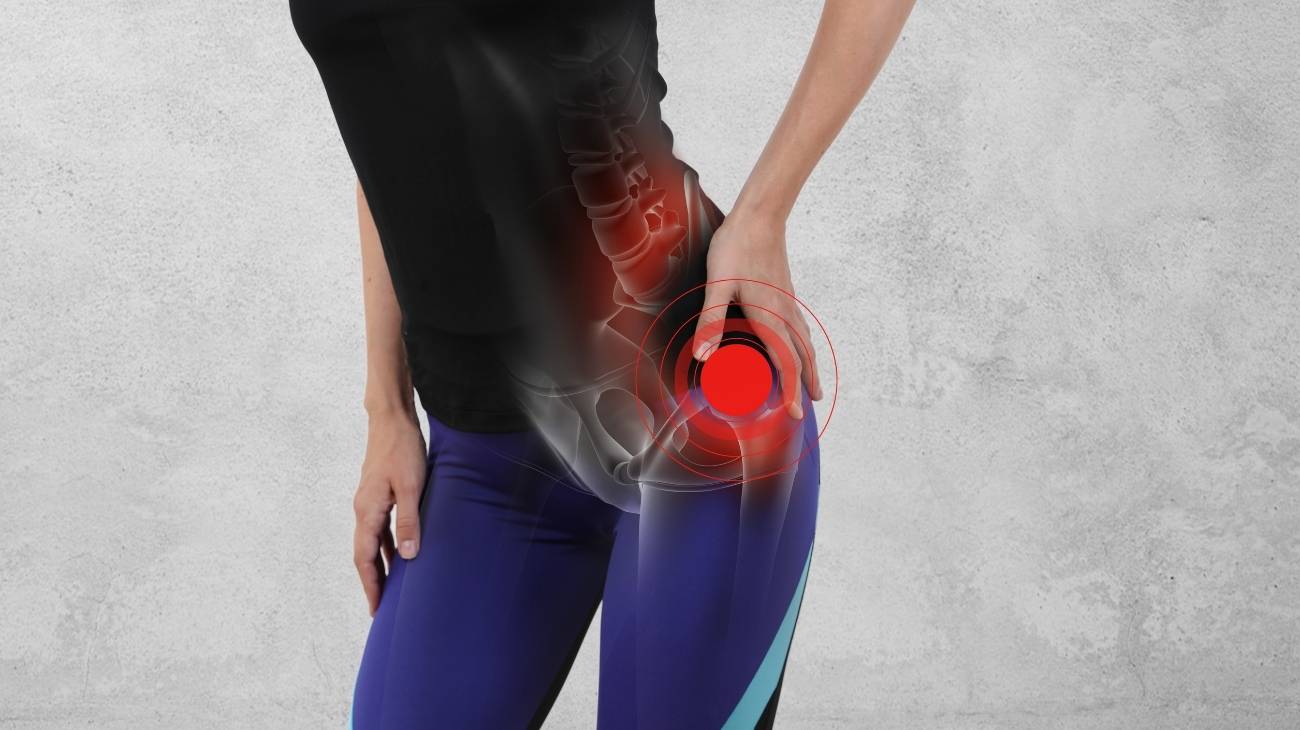

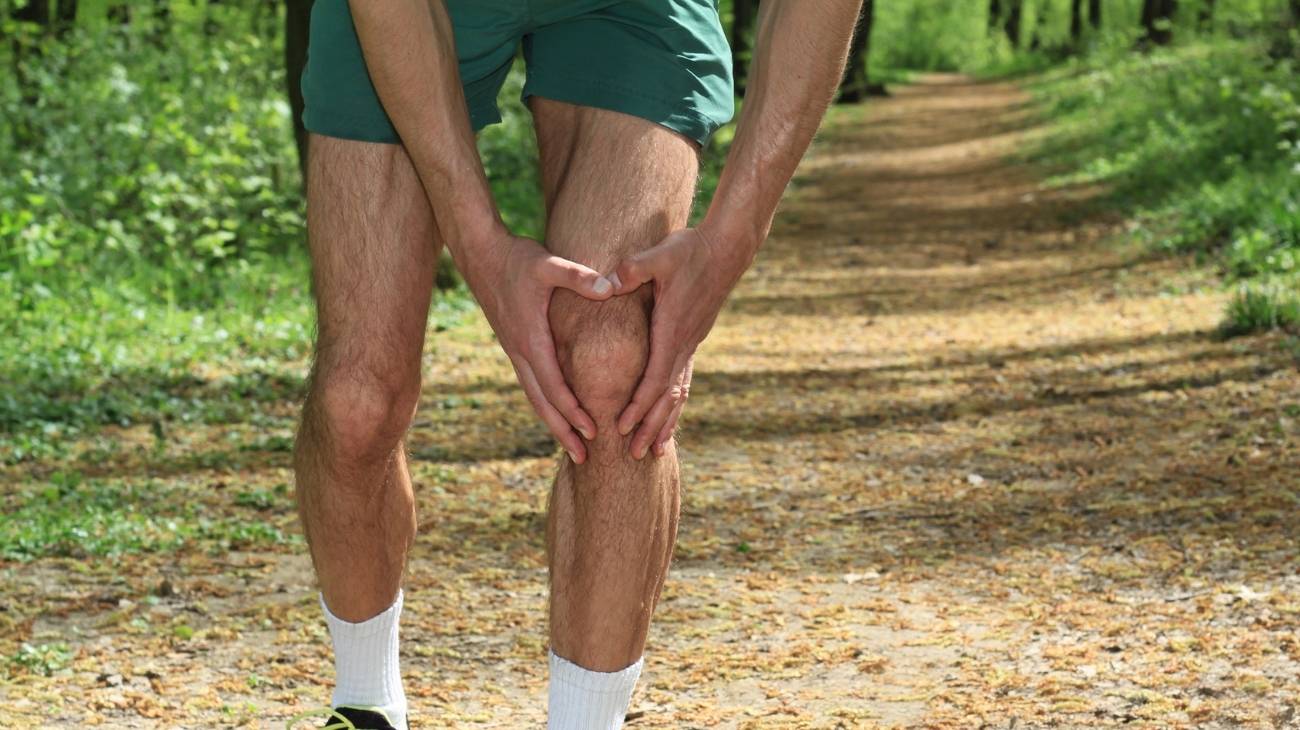

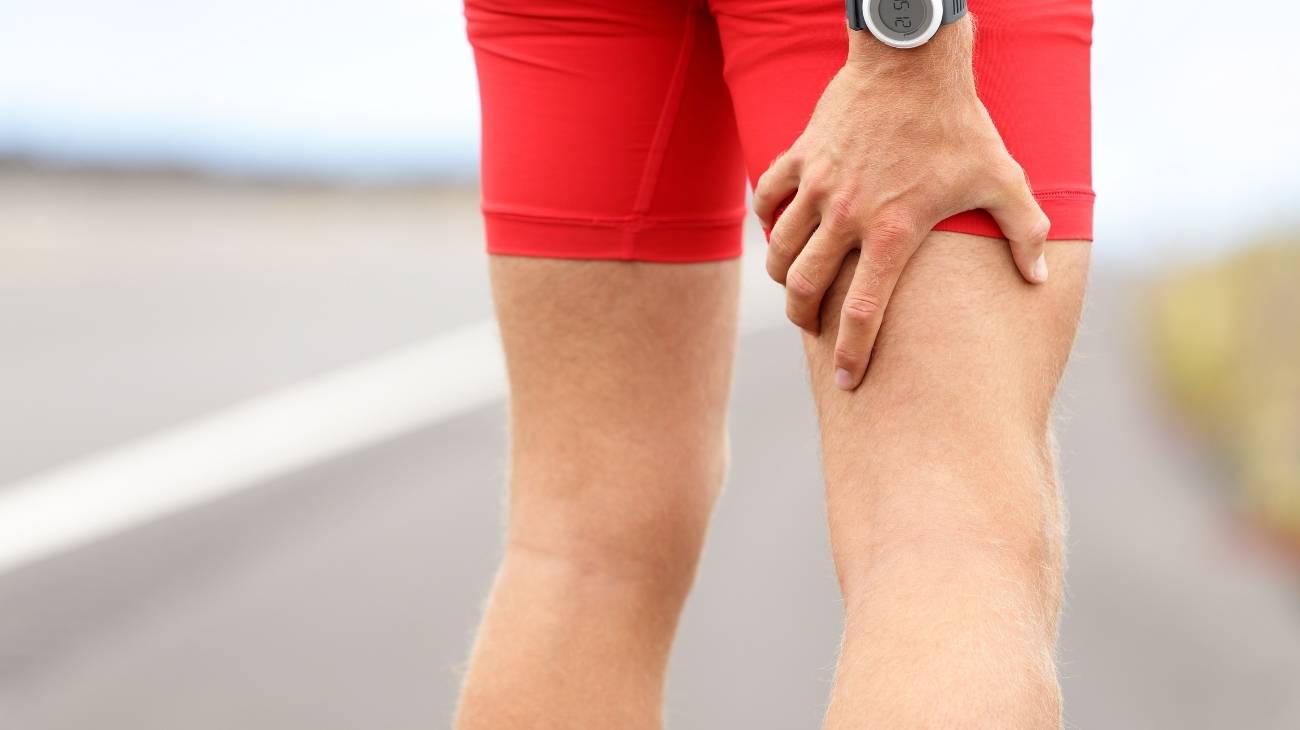
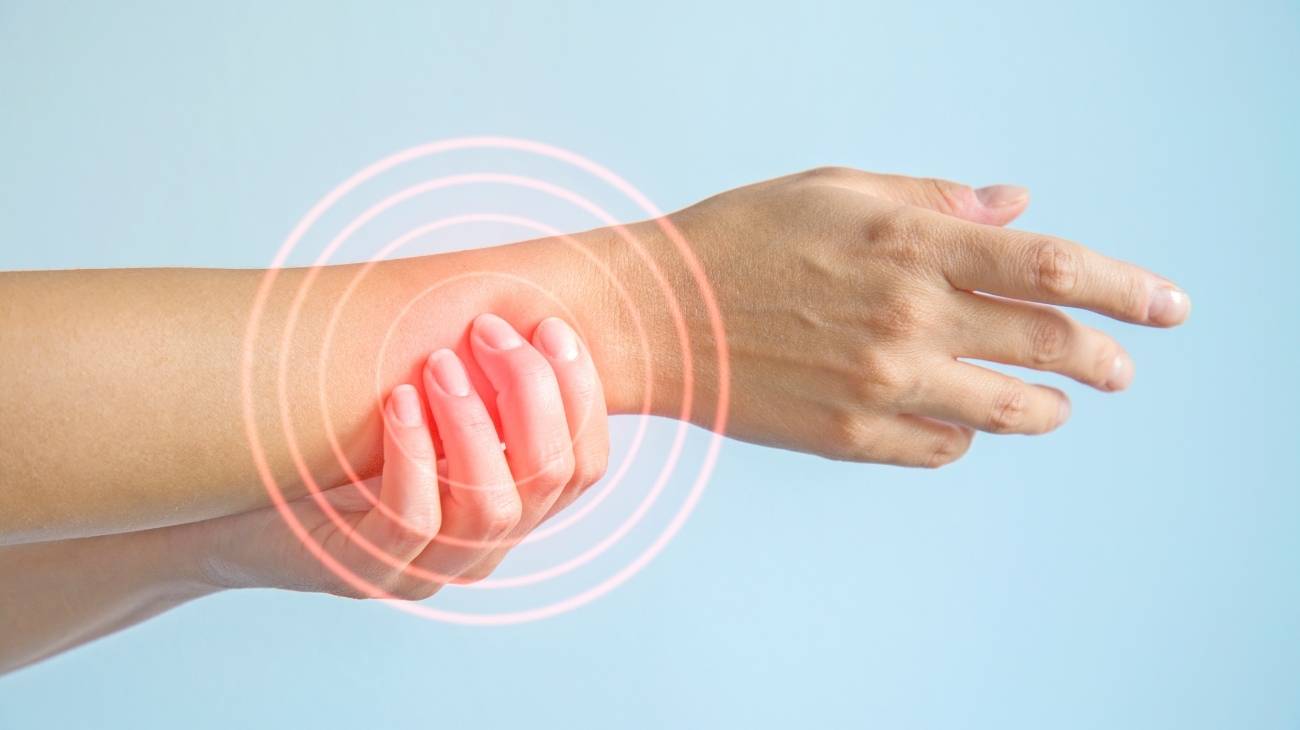


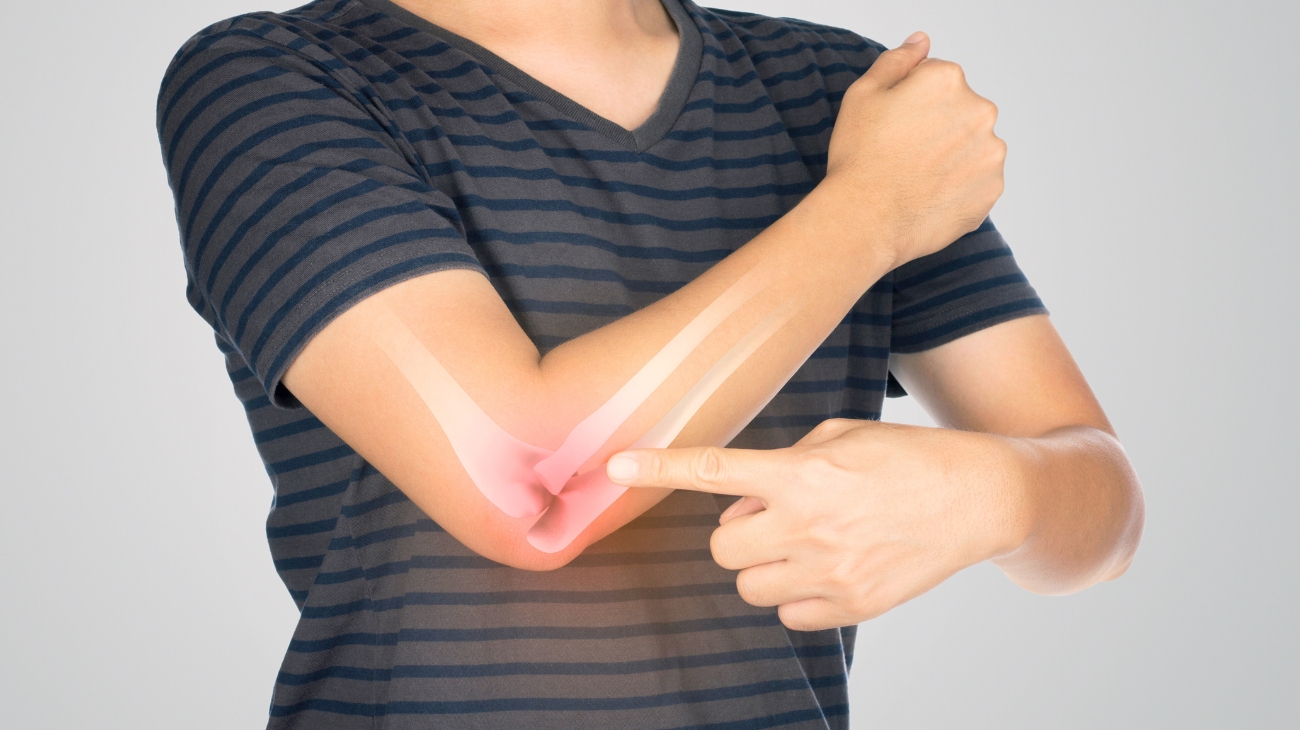
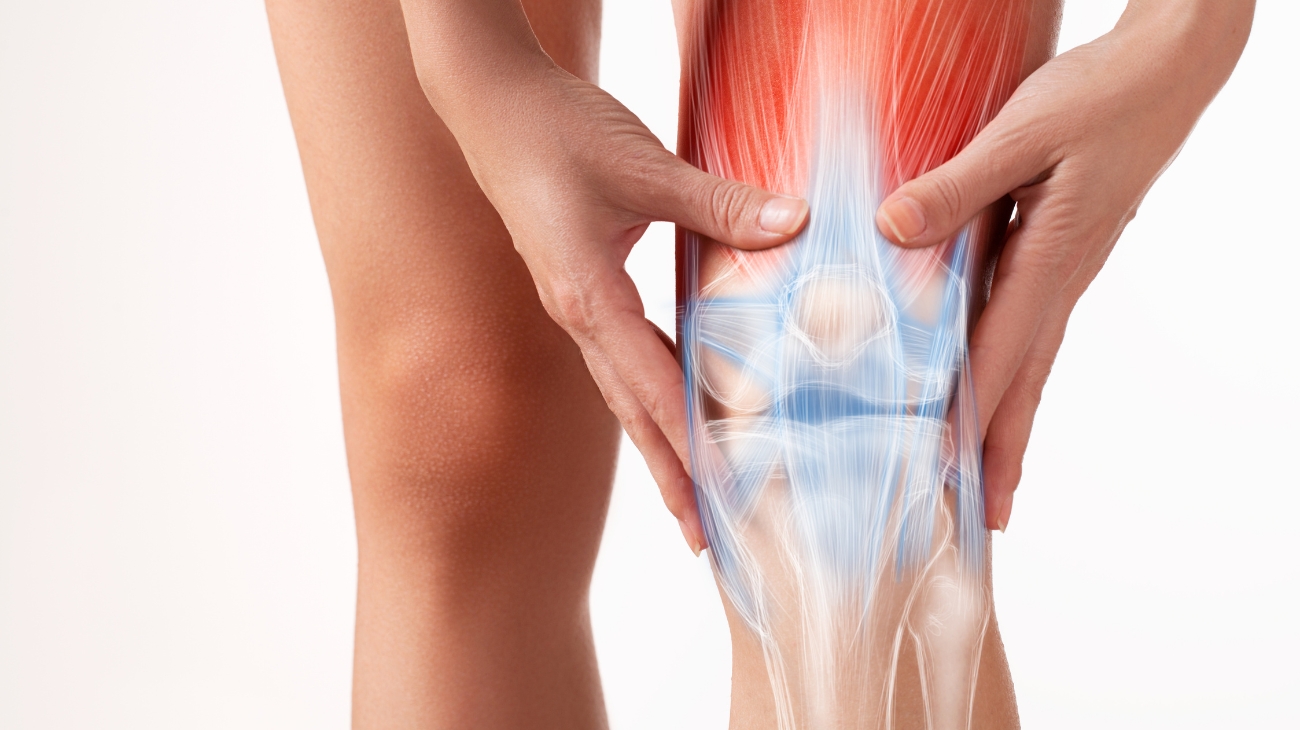
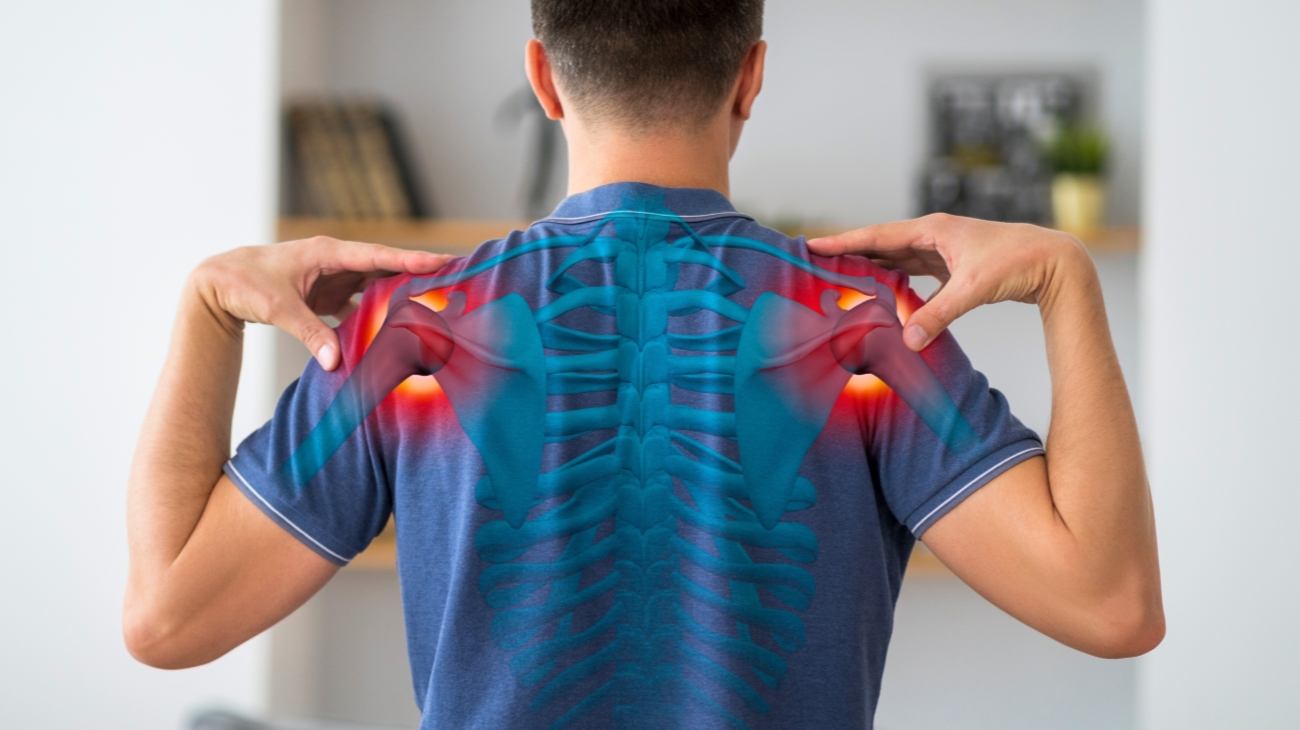
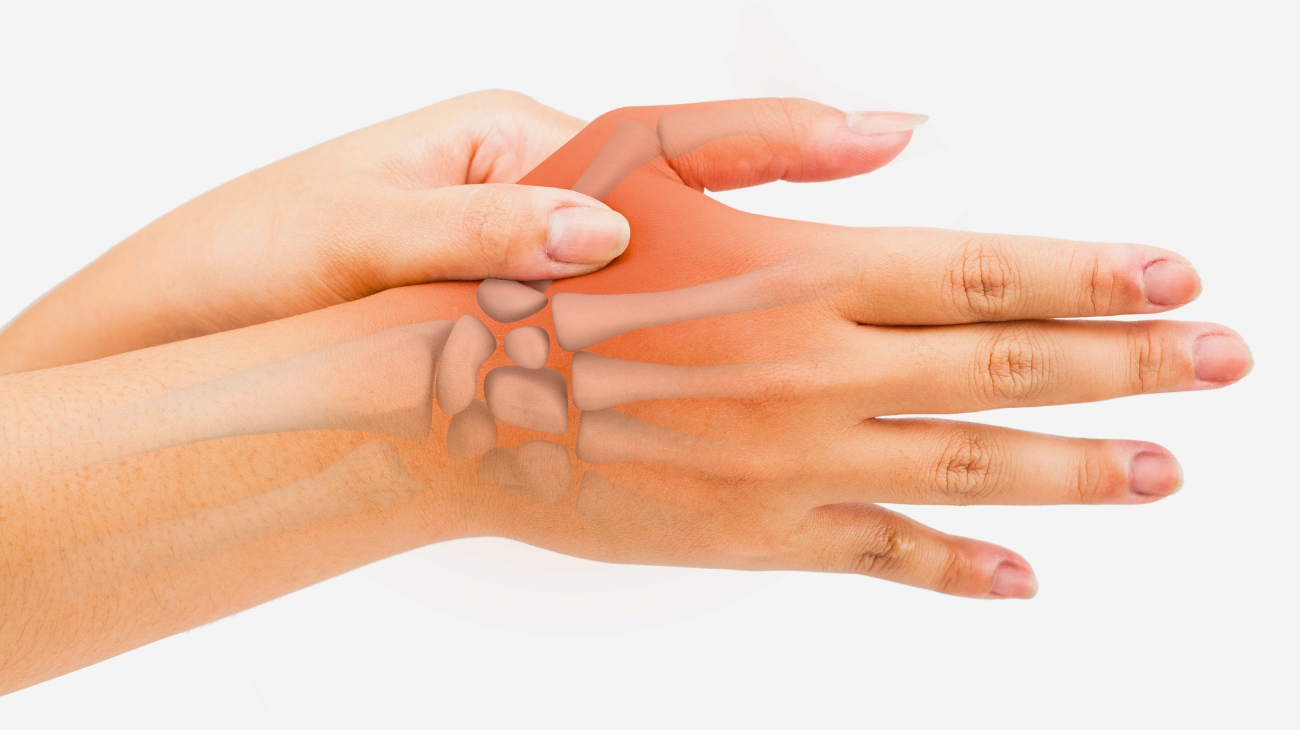
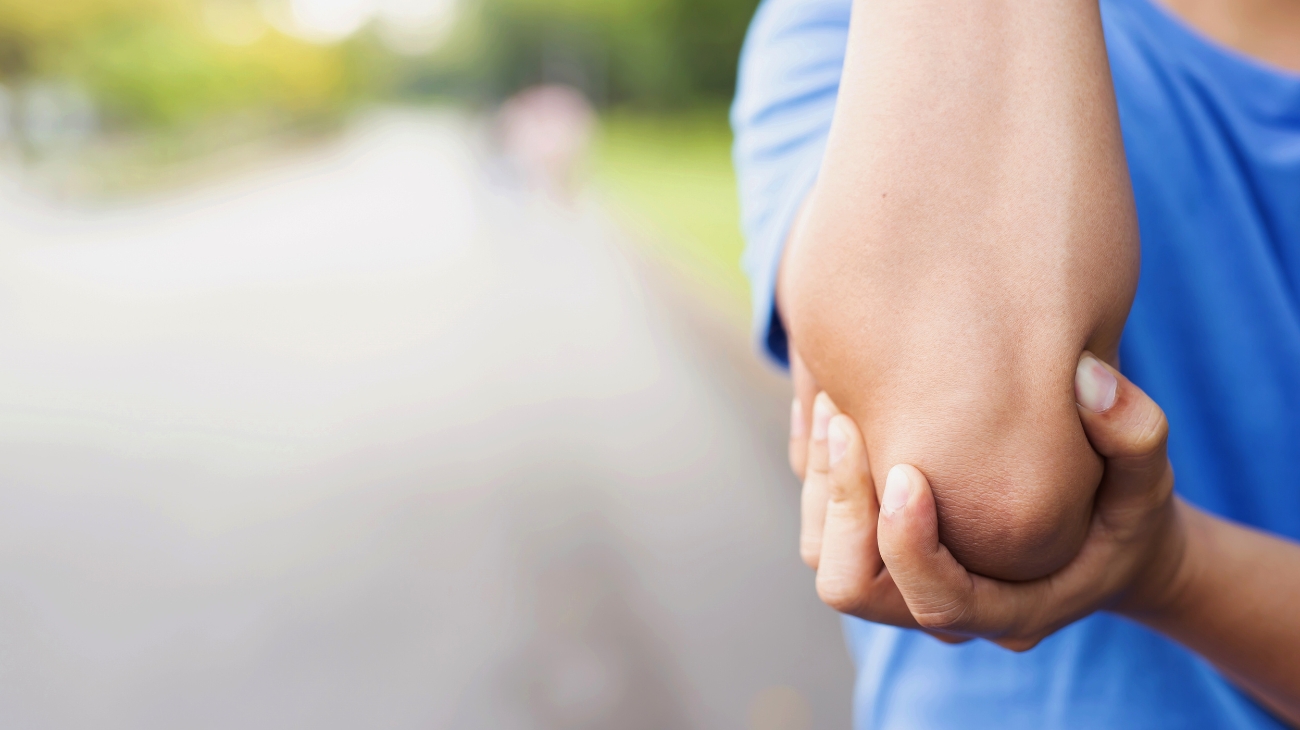
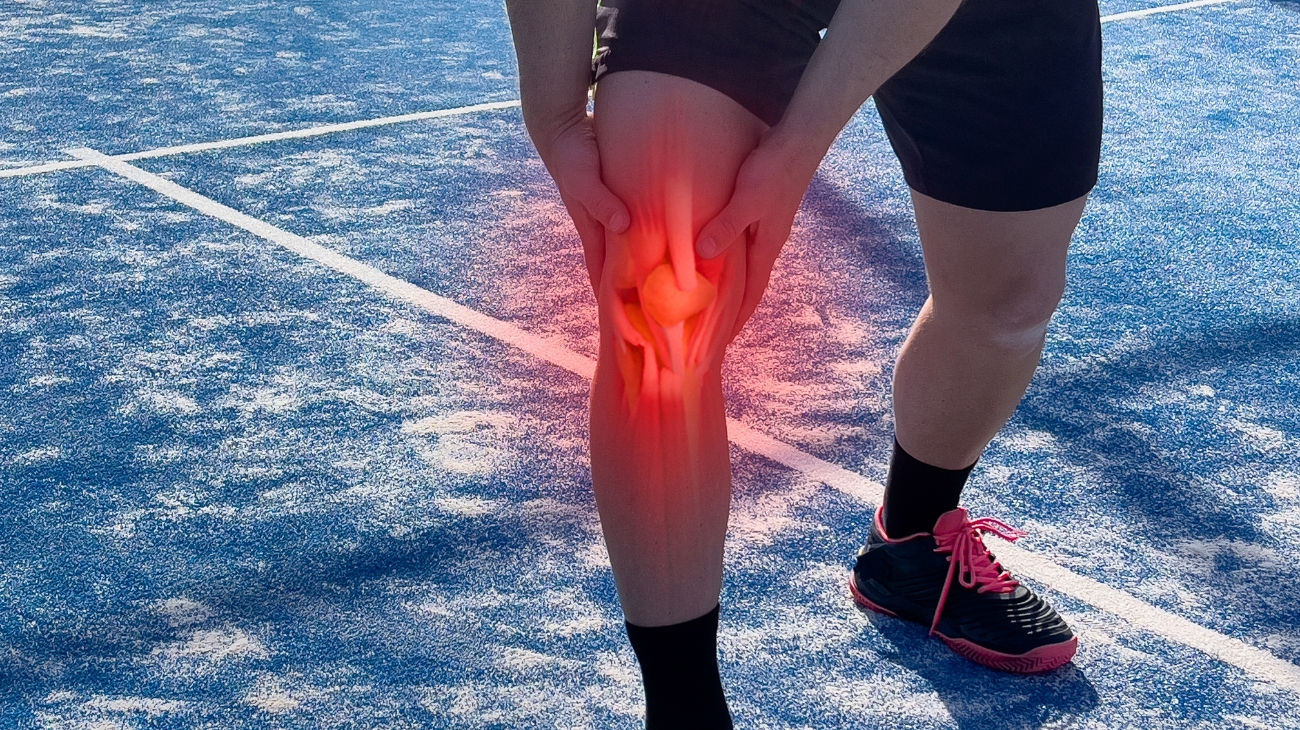
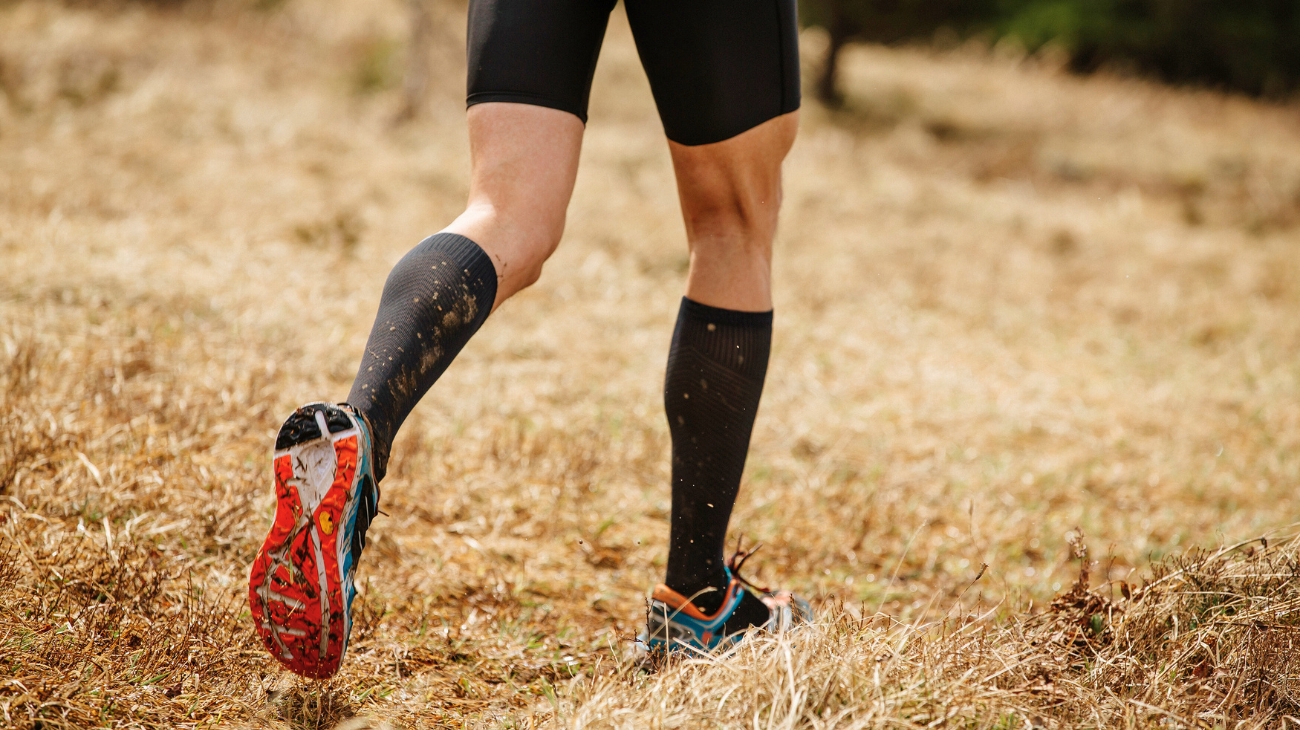

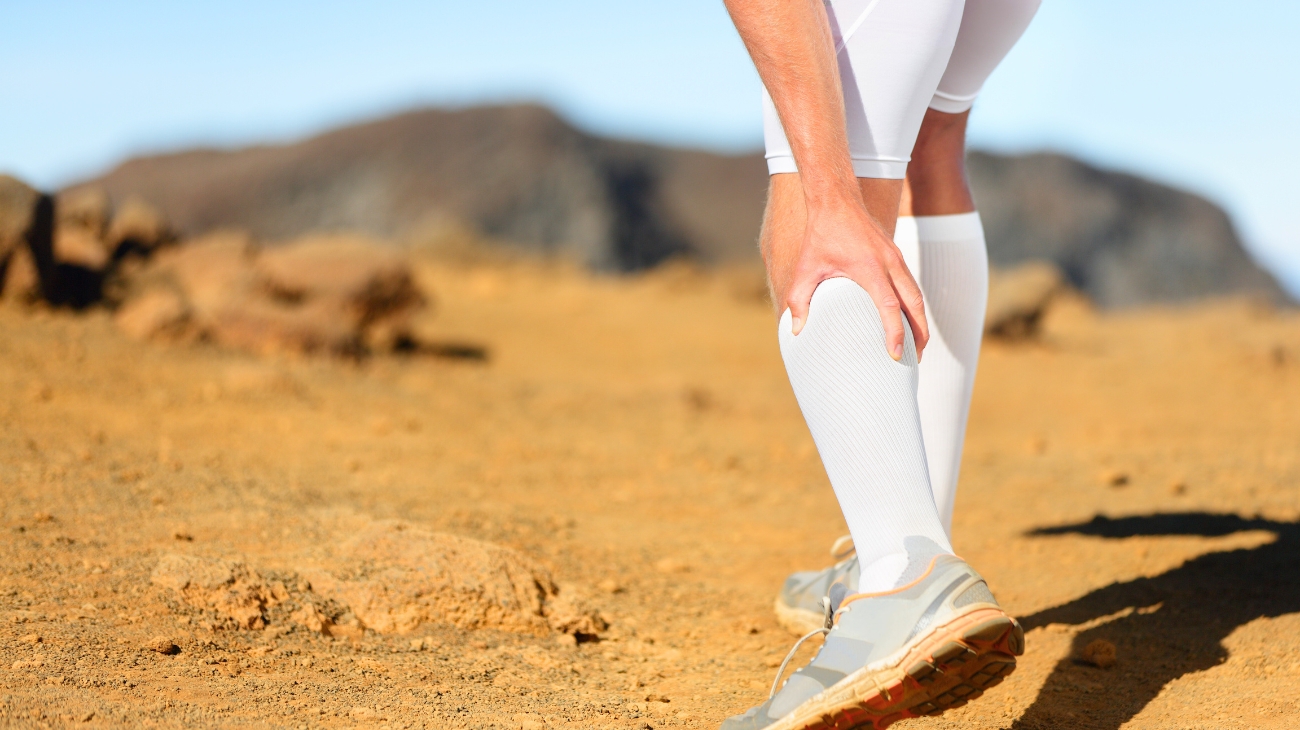

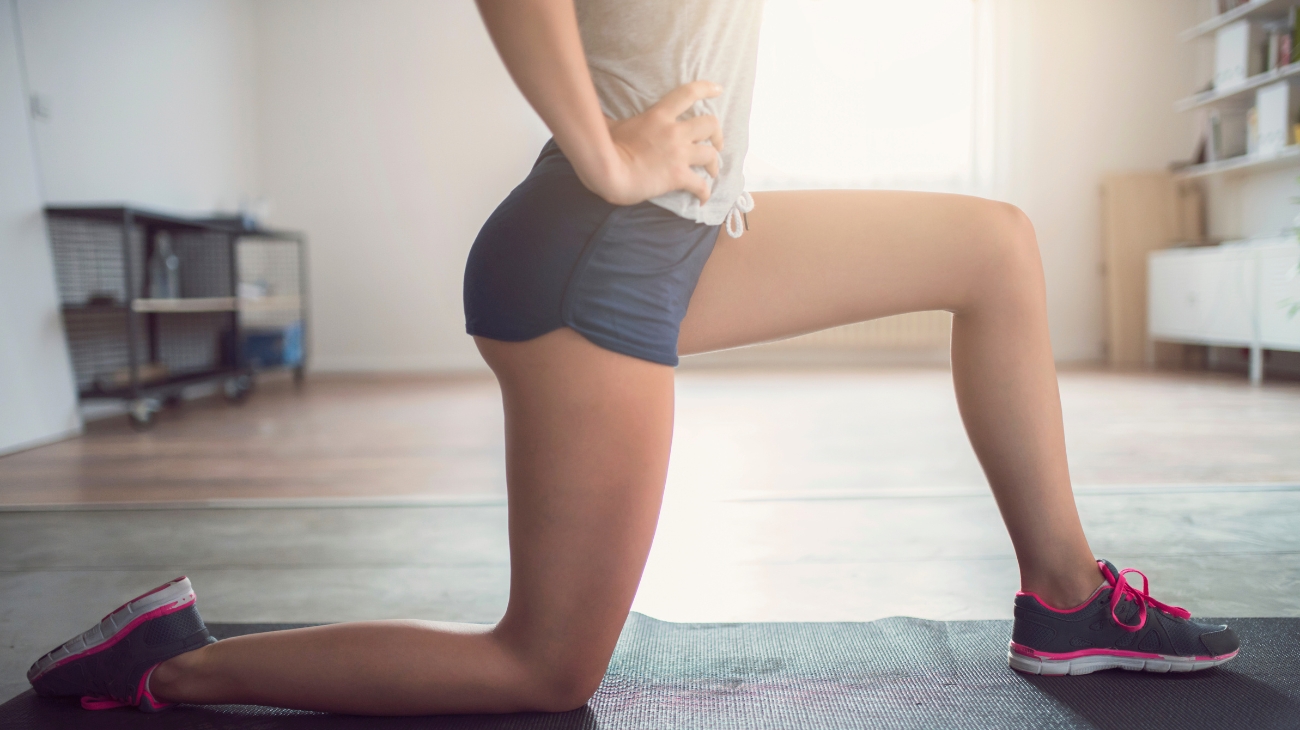

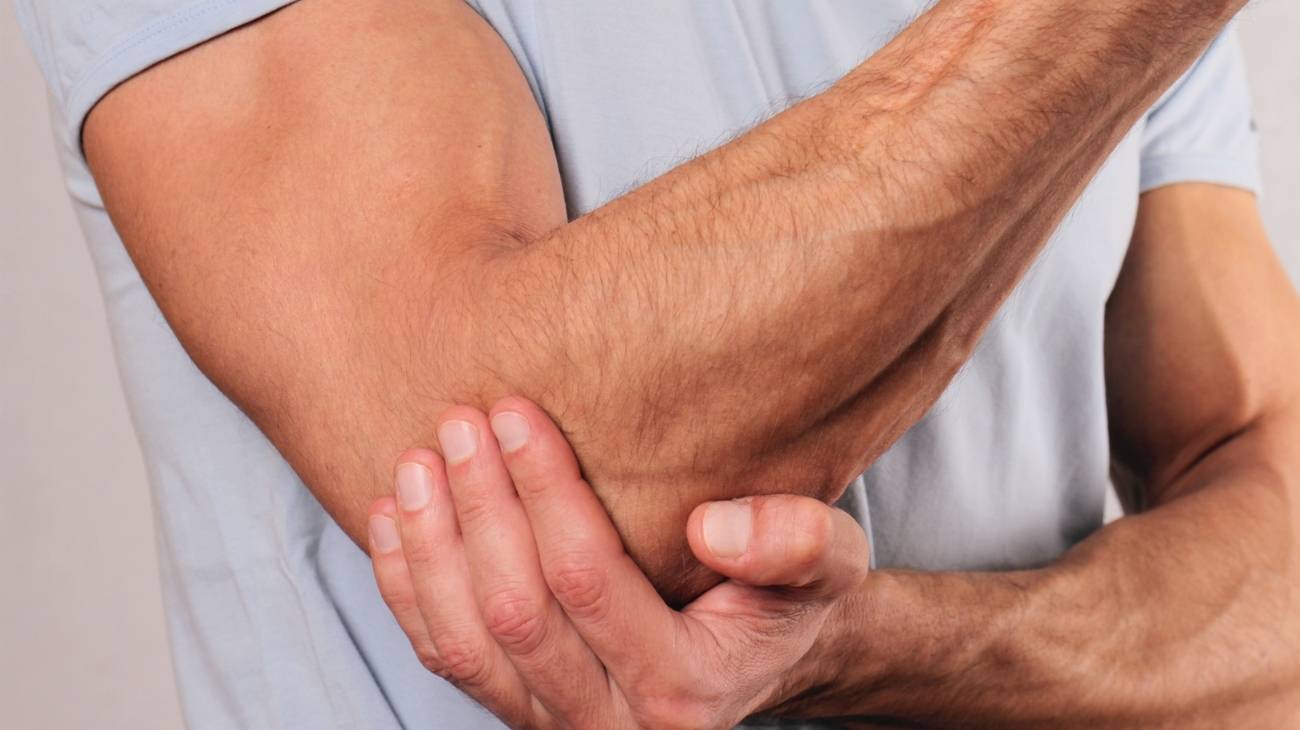
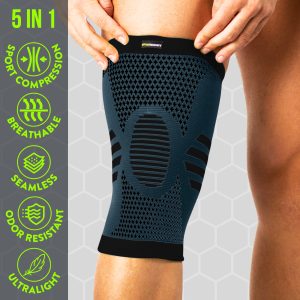
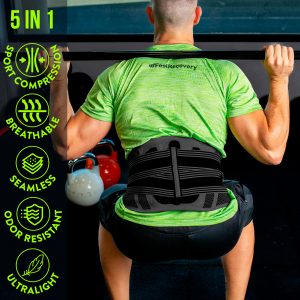
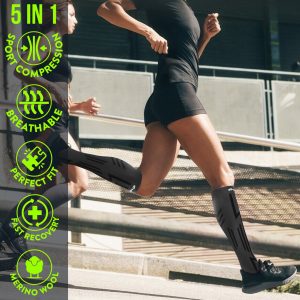

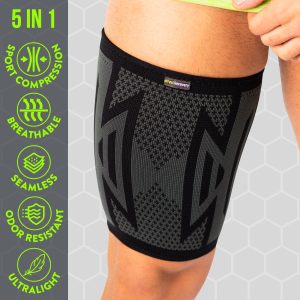
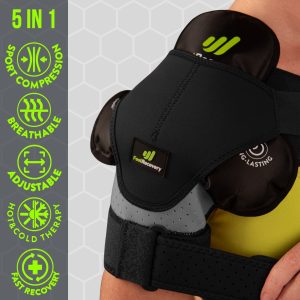
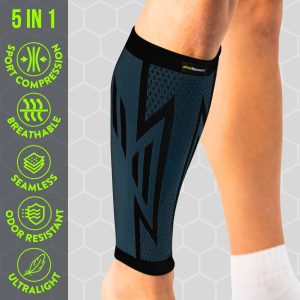

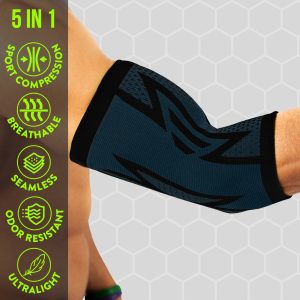

There are no reviews yet.